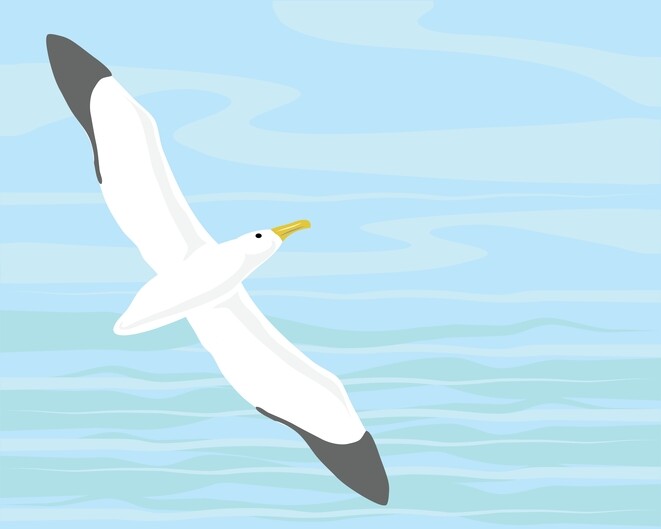Jenny Lind is an uninhabited island of about 160 square miles in Queen Maud Gulf.
The guides were ready to call off the hike because the fog came in rapidly and didn’t appear as it was going to lift. As they’ve pointed out before, the best way to protect yourself from wildlife is to see it coming. And, we learned that they’ll come in from the ocean – strolling along the beach isn’t recommended. Fortunately, after about 20 minutes it did start to dissipate. Ron stayed in for the day (separate story) but I was glad for the views and the exercise. I was, through the spotting scope, able to see muskox and caribou.






The pictures of these two (the one on the left was estimated to be between 10 – 12 years old, near the end of his life. ) Caribou (aka reindeer) trivia: those antlers are the fastest bone growth known – 3/4 of an inch a day.
There were several snow goose carcasses which, hopefully, were because of peregrine (or arctic fox) predation vs. avian flu. We were told that avian flu has wiped out 25% of Svalbard’s barnacle geese (they look somewhat like the Canadian geese we’re used to seeing). On the last trip, some Inuit hunters reported that they’ve seen birds falling from the sky. We’ve been particularly careful with boot cleaning as we go from place to place.
We had an additional talk in the afternoon about the tundra. I found this cross section picture useful in understanding what’s been below my feet. Depending upon where you are, the permafrost layer can be a few meters or hundreds of meters deep. One group of hikers on an earlier hike used their hiking poles to find the ice layer and were successful in doing so.

No, it wasn’t good news.
As I think I’d written before, 25% of the northern hemisphere is covered in permafrost and it’s melting fast. The tundra fires we heard about burned areas that haven’t burned in 5000 years.
The Inuit are reporting that because there’s less precipitation in the form of snow (this is a desert – less than 10” of precipitation which doesn’t usually melt and becomes ice sheets) because of warming temperatures that lakes are freezing all the way to the bottom. Therefore, the fish aren’t surviving and that food source for the local people is growing scarcer besides watching their coastlines erode.
The kettle ponds in the tundra (from the ice age) are disappearing.
The effect of the tundra greening up is releasing methane and carbon dioxide – and this effect wasn’t recognized until the 1980’s. Needless to say, the Inuit, who have been living here for 5000 years have been noticing the changes, and have been speaking up but no one’s been listening.
The naturalist who gave this talk stuck his neck out (he got applause) when he got to the end of his talk and said the best thing we could do was to vote for the people who take climate warming seriously.
With that cheery beginning, another of the guides talked about our upcoming journey we were to take that evening. The picture below shows a very narrow channel (apparently about 500 meters at its skinniest) to the right of his hands. This passage is only taken during the day if you’re smart. Fortunately, there’s a lot of day here now. He’s pointing to the location of the Terror on the top of the photo and the Erebus on the bottom of the photo (Franklin’s ships which were only found in 2016 and 2014 respectively. He didn’t listen to the Inuit either.). No one is allowed near the sites except for official research.

Ron’s story: a few days ago, he developed a sore throat. All our alarm covid bells went off. All is well but he contacted the doctor who tested him 3 times over the course of a couple of days and asked that we not eat any of our meals with other guests. We were already on it – nice when medical advice concurs with your own research. He never developed any other symptoms except a bit of a sinus headache. All symptoms went away quickly and we had a very enjoyable dinner with two other couples. Since Ron’s been posting on Facebook, and had talked about this scare, I shouldn’t have been surprised when one of our new friends asked how he was doing.
Onto King William Island tomorrow.






Are conditions less harsh because of global warming? Did you see those reindeer? Lucky you! I’m glad Ron didn’t Covid and improved quickly.
Wow! Amazing that you can upload excellent pictures with weak internet. Thanks for sharing with us in the warm climes1